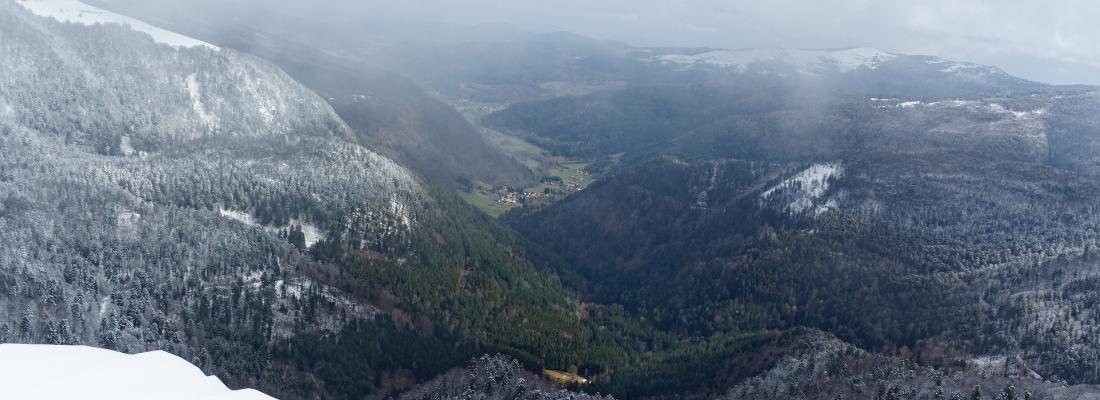Climate change and risks Reading time 3 min
With climate change, avalanches are migrating upslope
Published on 26 October 2021

*The participating CNRS laboratories are the French national centre for metereological research (CNRS/Météo France) and Geolab, the French physical and environmental geography laboratory (CNRS/Universities of Limoges and Clermont-Auvergne).
We now know that the effects of climate change are particularly strong in mountain areas. The substantial impacts on the cryosphere (snow, ice and permafrost) have been well described where changes in glaciers and snow cover are concerned, but our knowledge of how avalanche activity responds to rising temperatures is still incomplete. This is partly because we lack sufficiently long snow-avalanche time series and partly because existing statistical techniques have not been sophisticated enough to take account of the many inherent biases in the few series we do have. The problem has recently featured in the IPCC’s special report on the ocean and the cryosphere 1, in particular, which includes a chapter dealing specifically with high mountain areas. Given the danger that avalanches represent for both people and infrastructure (buildings, transport and communication networks, etc.), the research team has conducted a study of the history of avalanche activity in the Vosges Mountains from the end of the eighteenth century to 2013. Their approach was both innovative and multidisciplinary, combining the analysis of historical materials (not only written archives and images but also oral testimonies), statistical modelling and climate science.
Fewer avalanches occurring at higher elevations
The team has been able to demonstrate through this work that the +1.5°C increase in temperature in the Vosges Mountains that occurred between the middle of the 19th century and the beginning of the twentieth (marking the end of what is known as the Little Ice Age) led to a sevenfold reduction in the average number of avalanches per path each winter across the range as a whole. The average size of avalanches went down significantly – with one last avalanche of extraordinary size 2 occurring in 1952 – while the length of the avalanche season was also reduced (by 23 days on average). An analysis of snow cover shows that these changes are linked to a clear reduction, at the end of the Little Ice Age, in snow cover depth and duration at the lower and middle altitudes in the range. As a result, avalanches have almost disappeared from these altitudes in the Vosges mountains. Currently, avalanches still occur only at the highest altitudes of the massif (with minimum altitudes for release areas of around 1200m), although avalanche activity still remains a potential hazard.
This study suggests that, ultimately, in many mountain ranges, avalanche activity will gradually become restricted to ever higher altitudes and that this migration will, in all likelihood, be accompanied by a reduction in their average size and in the length of the season in which they occur, as future warming further reduces snow cover. More widely, these results demonstrate that low to medium elevation mountain ranges such as the Vosges mountains can act as sentinels to grasp the impacts of global warming, helping us to design effective adaptation strategies for mountain areas worldwide.
1 IPCC 2019: IPCC Special Report on the Ocean and Cryosphere in a Changing Climate [H.-O. Pörtner, D.C. Roberts, V. Masson-Delmotte, P. Zhai, M. Tignor, E. Poloczanska, K. Mintenbeck, A. Alegría, M. Nicolai, A. Okem, J. Petzold, B. Rama, N.M. Weyer (eds.)]. https://www.ipcc.ch/srocc/.
2 Recorded as size 5 (the largest size on an intensity scale of 1 – 5 tailored specifically to the Vosges Mountains), typically starting from the main ridge and flowing down to the valley bottom.
REfErence
Florie Giacona, Nicolas Eckert, Christophe Corona, Robin Mainieri, Samuel Morin, Markus Stoffel, Brice Martin, Mohamed Naaim, Upslope migration of snow avalanches in a warming climate, PNAS, 2021 118 (44) e2107306118; https://doi.org/10.1073/pnas.2107306118
